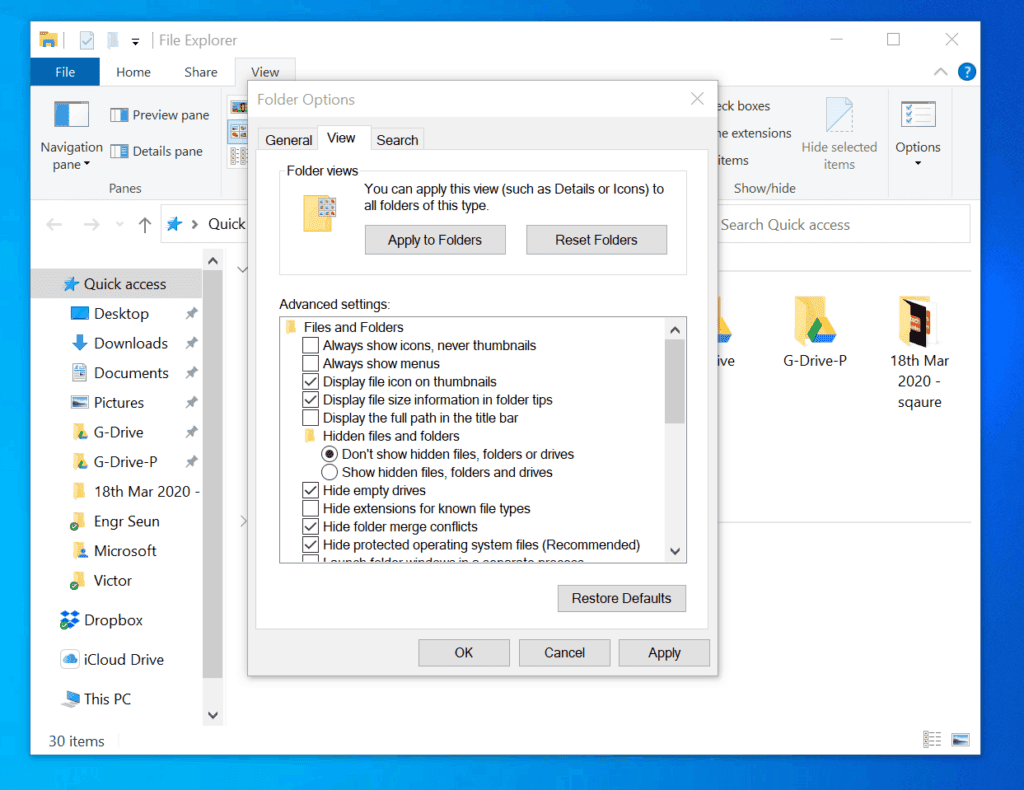
Once the device sends data back to the driver, the driver may invoke routines in the original calling program.ĭrivers are hardware dependent and operating-system-specific. When a calling program invokes a routine in the driver, the driver issues commands to the device (drives it). A driver provides a software interface to hardware devices, enabling operating systems and other computer programs to access hardware functions without needing to know precise details about the hardware being used.Ī driver communicates with the device through the computer bus or communications subsystem to which the hardware connects. In computing, a device driver is a computer program that operates or controls a particular type of device that is attached to a computer or automaton. For other software drivers, see Driver (software). This will have the same effect as the first method listed above.This article is about device drivers for hardware. Select or deselect the "Hide extensions for known file types" checkbox. Open the File Explorer Options control panel and select the View tab. You can still use this method in Windows 10, though there are minor differences from previous Windows versions. Earlier versions of Windows, such as Windows Vista and Windows 7, required a different process that involves modifying the "View Options" in File Explorer. Showing and hiding file extensions in Windows 10 involves the same process as Windows 8. NOTE: This option applies globally to all folders, so you don't have to manually check or uncheck it again for every folder you open. In the image above, you can see the extensions are displayed for each file in the open window. That's it! Checking the "File name extensions" box will display file extensions for all files. You can uncheck the box to hide file extensions. You can also double-click any folder.Ĭlick the "File name extensions" check box to show file extensions. Simply open File Explorer by double-clicking the program icon in the Task Bar.

Fortunately, it's easy to show file extensions, using a checkbox in the File Explorer ribbon. In Windows 10, file extensions for known file types are hidden by default.


 0 kommentar(er)
0 kommentar(er)
